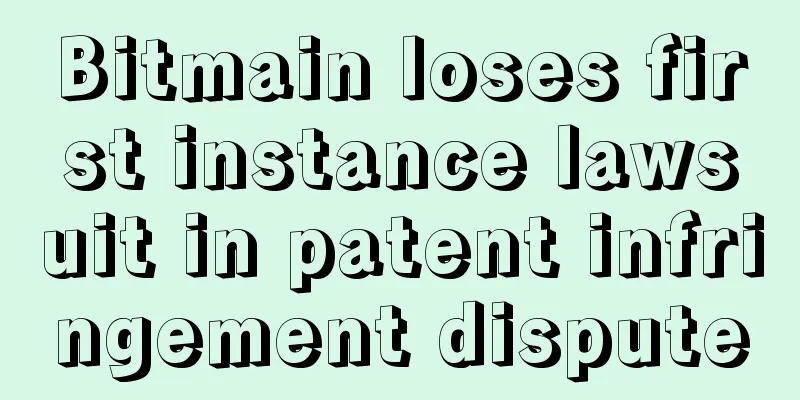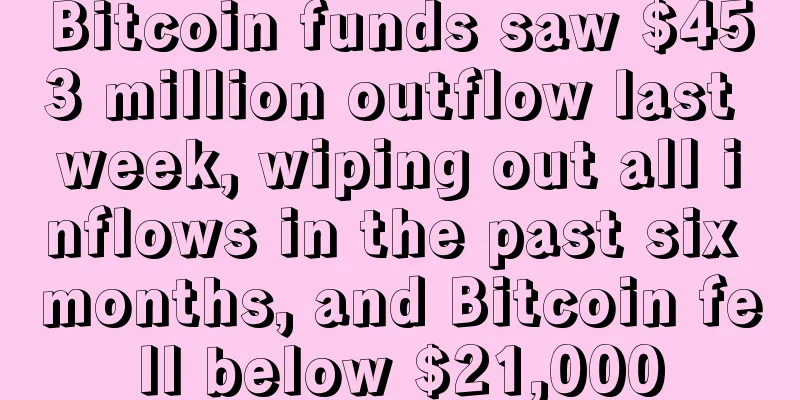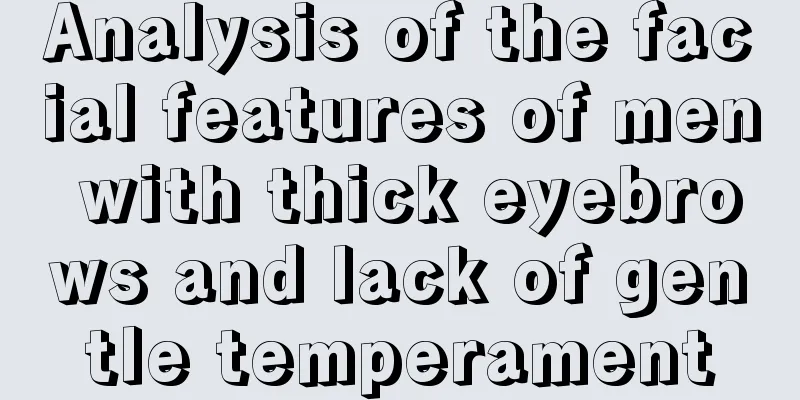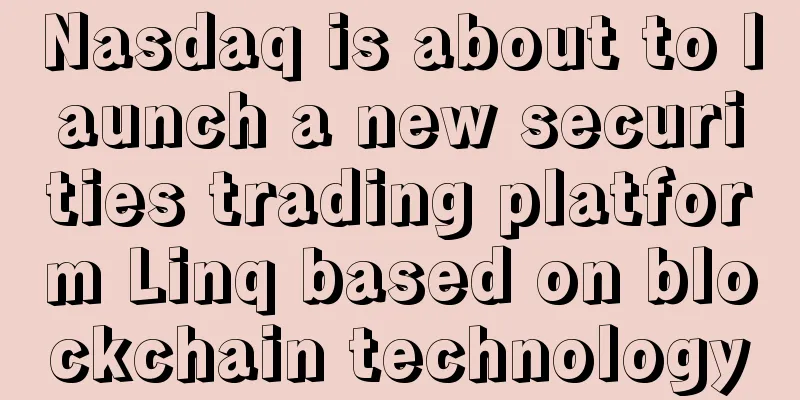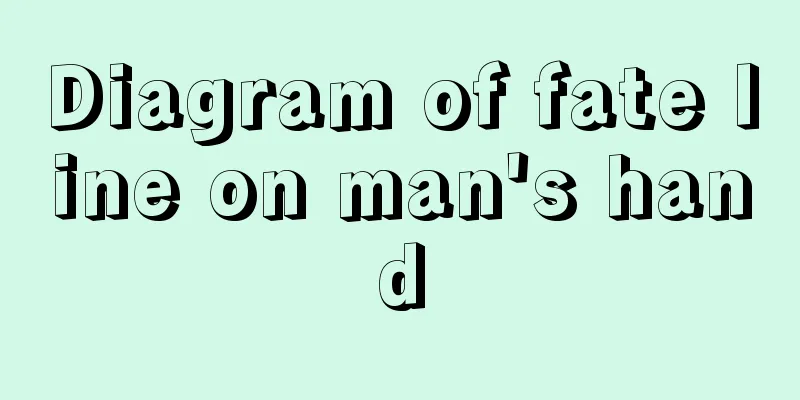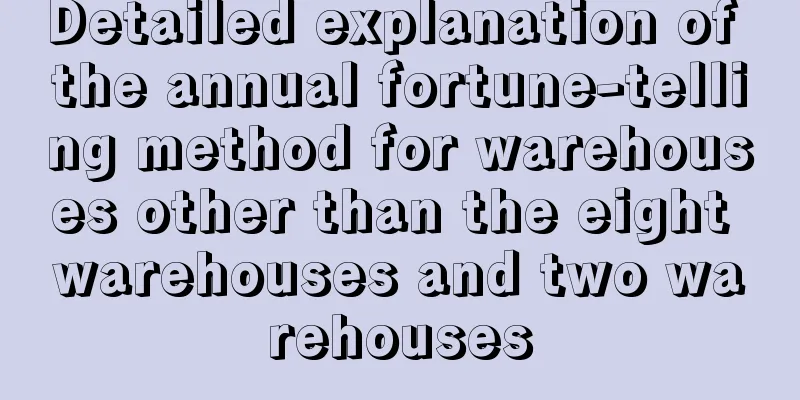Chia official answer: 20 questions you need to know before participating in Chia mining

|
It must be pointed out that because Chia Network involves the concept of hard disk mining, there are already a large number of teams selling so-called "Chia computing power" on the market, and it is difficult to distinguish the real from the fake. The Chia team repeatedly emphasized: “Chia tokens are expected to be less volatile than other cryptocurrencies, which will allow financial institutions to use tokens and stocks for hedging purposes.” Readers must be aware of the investment risks of this project and related products. What is Chia?Chia was founded in August 2017 to develop a platform that optimizes blockchain and smart transactions. We are building the Chia Network to improve the global financial and payment systems. Chia will become the first enterprise-grade digital currency.Chia is using a new Nakamoto consensus algorithm called "Proof of Space and Time", which was created by Bram Cohen, the world's best network protocol engineer and inventor of BitTorrent. Chialisp is Chia's new smart transaction programming language, which is powerful, easy to audit and secure. The currently supported reference smart transactions include: atomic exchange, authorized payee, recoverable wallet, multi-signature wallet and limit wallet. What is Proof of Spacetime?Proof of space is a cryptographic technique where a prover proves that they have allocated unused hard drive space to storage. However, if Proof of Space is to be used as a consensus mechanism, it must be linked to Proof of Time, which ensures that time between blocks is consistent, thereby improving the overall security of the blockchain. How do Proof of Space and Proof of Time work?Proof of space can be thought of as a way to "prove that you have kept some unused storage on your hard drive." Chia blockchain users need to install software to snapshot their unused space on their hard drives, an operation also known as "seeding." This software stores a set of encrypted numbers on the disk into a "plot," and the people who perform these operations are called "farmers." When the blockchain broadcasts the next block challenge, farmers can scan their "plots" to find out if they have the hash value closest to the challenge, and Chia will allocate the probability of winning a block based on the size of the space owned by the farmer and the ratio of the size of the entire network space. Proof of time requires that there must be a short period of time between blocks. Proof of time is implemented through a verifiable delay function (VDF), which takes a certain amount of time to calculate, but the verification speed is actually very fast. The core idea of the verifiable delay function is sequential calculation, which can minimize the waste of electricity because a large number of parallel devices will not generate any benefits. The number of VDF servers ("Timelords") may be relatively small, because the fastest VDF server will always be at the front, and only one fast and fair Timelord is needed on the network to complete a block and move the entire blockchain forward. What is Chialisp?Chia has a newly developed innovative blockchain programming language, Chialisp. This blockchain programming language is very powerful, easy to audit and very secure. Chialisp is also an excellent on-chain smart transaction development environment that can unlock the security, transparency and ease of use promised by cryptocurrency. You can click this link to read a blog post introducing Chialisp, or you can go directly to the Chialisp.com website and search for relevant documents there. You can click this link to read a blog post introducing Chialisp, or you can go directly to the Chialisp.com website and search for relevant documents there. What are the advantages of Chia?Chia uses the new Nakamoto consensus algorithm, which completely eliminates the energy consumption required for proof of work in blockchain systems. Compared with other cryptocurrencies, the Chia blockchain is more decentralized and has greatly improved security. Chialisp is the new smart transaction programming language for the Chia blockchain. It is powerful, easy to audit and very secure, and can better unleash the security, transparency and ease of use promised by cryptocurrencies. In addition, Chia also uses more advanced encryption tools to achieve rich smart transaction functions. Through a public, open source, for-profit development company, Chia is adopting a new advanced solution to build and support blockchains and provide support to blocks. Chia will use "pre-farm" (strategic reserves) to solve the problem of token volatility, aiming to mitigate the impact of market bubbles or market crashes on Chia, while further promoting Chia adoption. Where can I learn about the technical details of the Chia consensus algorithm?The Chia project has published many academic papers and presentations detailing the new consensus algorithm and blockchain software, such as: In 2019, Chia released the project green paper, which outlines the proof-of-space and proof-of-time constructions and explains many of Chia's design choices. Chia has updated its consensus algorithm, and you can view our working paper and comment on it. Mariano Sorgente of MIT also explained how to achieve Nakamoto consensus through proof-of-space and VDF in a speech given in 2019. Bram Cohen gave a speech on proof-of-space at Stanford University in February 2018. Chia project advisors Dan Boneh, Benedikt Bünz and Ben Fisch also released a special research report on VDF (VDF is the basic technology of proof-of-time). Lipa Long published an explanation of category groups based on proof-of-time. Bram in At BPASE'18 in January 2018, the application of Beyond Hellman's time-memory tradeoff and space proofs was presented based on Hamza Abusalah's academic paper and slides. Bram presented Beyond Hellman's time-memory tradeoff and space proofs at BPASE'18 in January 2018, based on academic papers and Hamza Abusalah's slides. Ben Fisch gave a talk on Verifiable Delay Functions at BPASE 2018 in January 2018. Bram Cohen gave a talk on Chia at the Blockchain at Berkeley event in March 2018 (the specific content starts at the 20th minute of this video). Bram Cohen gave a talk on Chia at BPASE in January 2017. Bram Cohen gave a speech at the Bitcoin Devs Seminar on Scaling Bitcoin Data Structures (PPT and Merkle Set code). Bram Cohen gave a speech at the SF Bitcoin Devs Seminar on Eliminating Waste in Cryptocurrency. What is Chia’s development strategy?We believe that the blockchain industry is still led by developers, and we want Chia to be the blockchain of choice for these developers as they look to deploy new applications and services, and to become the secure first choice for applications such as stablecoins pegged to sovereign currencies. The Chia Network business will be the first for-profit company to manage pre-farm tokens, and we intend to be the first publicly tradable “ETF-like” cryptocurrency. As Redhat and MySQL AB are the driving forces behind the enterprise adoption of Linux and MySQL - we believe Chia will be able to provide support and training when sovereign states, financial institutions and enterprises begin using cryptocurrencies in daily transactions. Finally, we believe Chia will be able to leverage the storage ecosystem to drive enterprise and end-user adoption, as hard drive manufacturers and storage server sellers are likely to bundle “space farming” into their products. For more details, see the business white paper. What is the difference between Chia farming and traditional mining?Mining requires expensive, disposable hardware that tends to consume a lot of electricity. We hope to solve this problem with a fair, environmentally friendly, and better blockchain. The Chia blockchain uses "farming" to make full use of existing empty hard disk space distributed on nodes around the world. "Farming" is decentralized because anyone who has installed the Chia software and owns a "plot" can win the next block. Mining requires two conditions: first, customized expensive one-time mining hardware; second, access to electricity supply at wholesale prices or lower. Therefore, only professional mining companies can afford these costs. "Farming" is more decentralized because it relies on free hard disk space. Anyone with a mobile phone, laptop, or corporate network currently has a lot of unused extra storage space. Unlike mining, once you have finished “farming” your storage, you can repurpose it, for example, to store your family photos. Why Farm Chia?You can "farm" Chia on unused storage space on your phone, laptop, or company network, and in return you have the opportunity to earn chia representative rewards to help protect the blockchain. Our software allows users to allocate a certain amount of unused disk space to create "plots". Since the only resource-intensive step is the initial plot, once the Chia node software is downloaded, the drive will mine a "plot" in the background. Once the "plot" is mined, your computer will farm on your behalf, and the software will do all the work and track the representative rewards for you. It is worth mentioning that farming only takes up a small portion of network bandwidth and takes up almost no resources except storage. In addition, the farming process is available to anyone with unused disk space. Chia is moving towards the goal of achieving a truly decentralized blockchain that will also serve as a form of cross-subsidy for the storage and cloud industries. Until chia/XCH is listed on cryptocurrency exchanges, farming will be the only way to obtain chia/XCH. What is the Chia "Strategic Reserve"?When the network is launched, Chia will conduct "pre-farming" and mine a large number of tokens, so that the Chia economy can be more stable through the Chia lending business plan, which will also help future development. Details are provided in our business white paper. Why do we need to carry out "pre-tillage"?Chia has a novel business model that can both reduce token volatility and increase adoption. By lending to Chia and managing the interest rates on these loans, as well as other tools (e.g. using Chia tokens to purchase our shares), we hope to further reduce token volatility quarterly. To further promote adoption, we plan to lend Chia to 5,000 companies around the world, who will use Chia to provide fast, cheap and secure payments to global suppliers. We also intend to use the strategic reserve to assist development and adoption efforts, among other things, such as investing in some promising startups in the Chia ecosystem and increasing farming rewards for a limited time to stimulate other farming activities. If businesses use Chia instead of fiat currency for international payments, they can get a 105% "benefit" on the transfer amount. Will Chia conduct an ICO?No, Chia does not have an ICO planned. Instead, we aim to go public on a U.S. stock exchange. This way, shareholders can share risks and rewards with management in a transparent and open manner, and we can also use well-understood corporate control to make binding statements on how Chia Network intends to use strategic reserves. The Chia digital currency is a useful payment tool, but not an investment opportunity. Chia intends to complete a regulatory compliant, SEC-registered IPO listing and will be listed at the launch of the mainnet. Can I buy Chia now?Not yet. Once the mainnet is launched, we expect it will take six weeks before farming token rewards are distributed on the network and token trading will not be allowed. The purpose of this is to provide a period of time to help stabilize the amount of storage space allocated to the Chia blockchain and prioritize our storage space farmers. In addition, the released candidate farming software will be able to generate "plots" that can be farmed on the testnet and the mainnet. As long as the mainnet launches token trading, you will be able to buy Chia on most exchanges around the world. What is Chia's inflation rate?After Chia pre-farming, farming token rewards will be issued at a rate of 64 Chia every 10 minutes. During the first 12 years, farming rewards will be halved after every three years. From the 13th year to indefinitely, the token rewards will remain constant at 4 Chia every 10 minutes, which means that the inflation rate will continue to decline. 22 years after the mainnet launch, Chia's inflation rate will drop to 0.50%. Does Chia use the Bitcoin code?No. All Chia codes are original. Isn’t Bitcoin good enough?When Bitcoin was developed, the market had not foreseen that specialized mining hardware would vastly outperform regular computers, resulting in the hoped-for decentralized network being controlled by a handful of miners with access to chip manufacturing plants and wholesale electricity purchases (or worse). The current miners who control the Bitcoin network believe they still have a competitive advantage and are explicitly opposed to changing the protocol — even when it’s clear that it should be changed. Chia has spent a decade researching new digital currency ecosystems and believes we can make cryptocurrency more decentralized, more secure, and easier to use. Will Chia’s value fluctuate like other cryptocurrencies?We believe that due to our plan to go public, the token will be less volatile than other cryptocurrencies, which will allow financial institutions to use tokens and stocks for hedging. Initially, we expect the valuation of Chia Network to be primarily based on the valuation that the Company will place on its balance sheet, with fluctuations in Chia prices on digital trading platforms likely to be reflected in stock price movements on stock exchanges. There are more ways to get visibility into Chia's success than with traditional blockchain projects, which will also allow conventional options and derivatives on our stock to be used as synthetic derivatives similar to the price of Chia tokens. In addition, our ability to use Chia strategic reserves may also help reduce the volatility of Chia in the market. Where does Chia stand in terms of applied encryption technology?Chia creates three new core inventions that drive market interest and adoption. First, Chia creates the first production-ready BLS Signatures library. Second, Chia will be the first production use case for Verifiable Delay Functions (VDFs). Third, Chia creates Proof of Spacetime for Nakamoto Consensus. Can ordinary people use Chia as a payment tool?Our hope is that over time Chia will be supported by PoS systems and consumer payment applications around the world. For example, if you use the GrabPay app in Thailand to buy a coffee at Tully’s coffee shop in England, it will “just work” and the consumer won’t need to know that the transaction was paid in Chia. As another example, if you live in an area where money transfer services like Venmo or Cash App are not available, using Chia is much less hassle than slow and expensive wire transfers. Using traditional banking to transfer money and exchange currencies across borders is cumbersome, slow, and costly, and while alternative money transfer services may be faster, they are not cheap: Western Union charges up to 10% in fees to send money. Chia technology will be fully open source and accessible, and anyone can build a new wallet without our permission or help. Not only that, we will also help wallets, exchanges and merchant partners, providing them with support and integration services, joint marketing and liquidity loans. Why did you choose the name Chia?We are an environmentally friendly currency. When Chia founder Bram Cohen founded the company, he wanted to reduce the energy dependence of the blockchain by going "green". The concept of farming seems to be the best metaphor for filling unused disk space and monitoring it to achieve environmental goals, which led us to look for a "crop" name for the new network that reflects its environmental characteristics. In addition, the team also wanted a short and impactful name, and in the end everyone was very happy because the name Chia is a "crop" related to a whimsical meme-Chia Network was born. |
>>: Ethereum Berlin hard fork is completed, what impact will it have on gas fees?
Recommend
Mouth physiognomy: What is the relationship between mouth growth and personality?
The mouth is one of the five senses and an organ ...
How to tell fortune by palmistry? How many methods do you know?
Palmistry is actually quite common and not unfamil...
Know your fortune through the Yin Tang face reading
People with black forehead If a person has a blac...
How to tell the face of poverty
The universe has yin and yang, things have good a...
What kind of people have a kind heart?
There are fewer and fewer people with kind hearts...
What will be the fortune of people with too many wrinkles on their lips?
Although everyone's lips are different, they ...
Ethereum developers: “We’re going to destroy a lot of ETH”
Ethereum core developer Eric Conner said today th...
A man who can make a lot of money has a high net worth and a lot of money
In this era of fierce competition, who doesn'...
Which blockchains are making money? How much revenue are they generating?
Two weeks ago, I wrote about protocols with stron...
Do you have the four types of fortune and wealth?
Our bodies have many characteristics, and some of...
What does the broken palm line on a man's left hand mean?
A broken palm line refers to a line on the palm t...
Women with these types of love lines have unhappy marriages
Women with these types of love lines have unhappy...
Antminer T15 Review
Equipped with Bitmain's first 7nm chip, the A...
Illustration of fortune telling based on zygomatic bone
The zygomatic bone is located in the middle of th...
What does a mole on the left side of the chin mean?
In addition to one's own numerology, moles ca...

